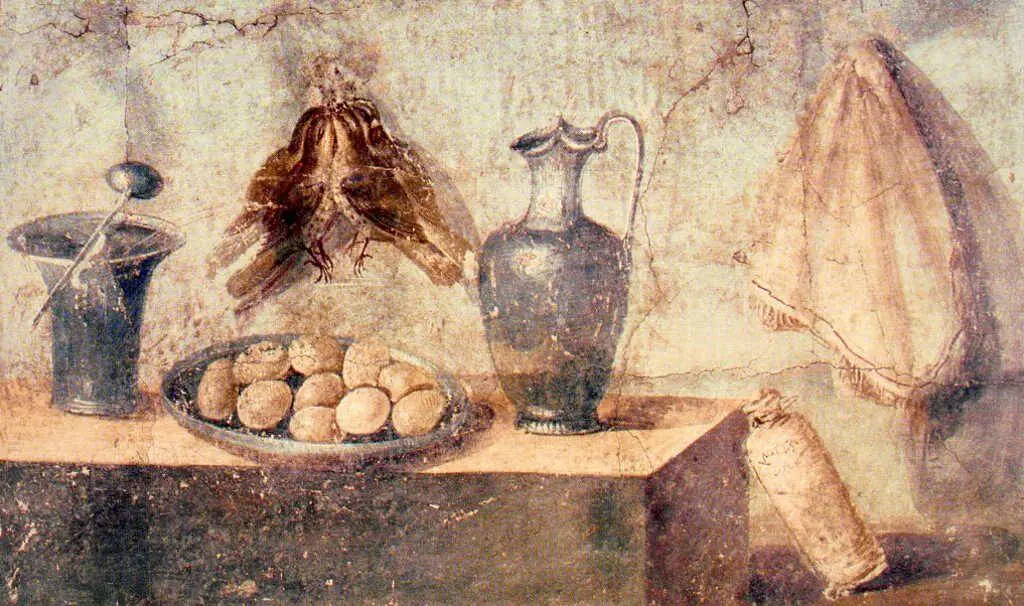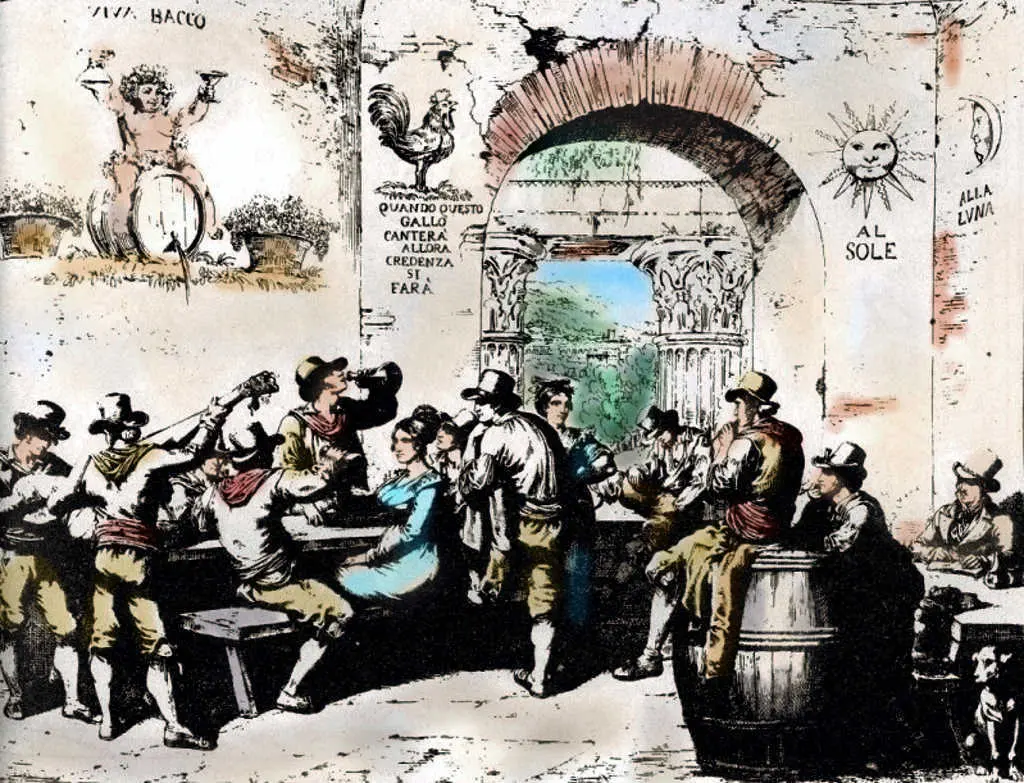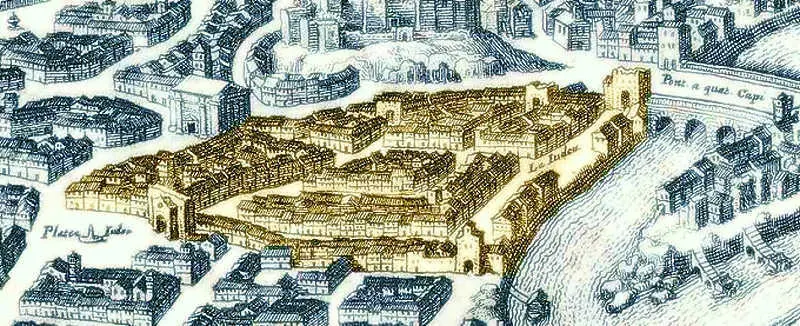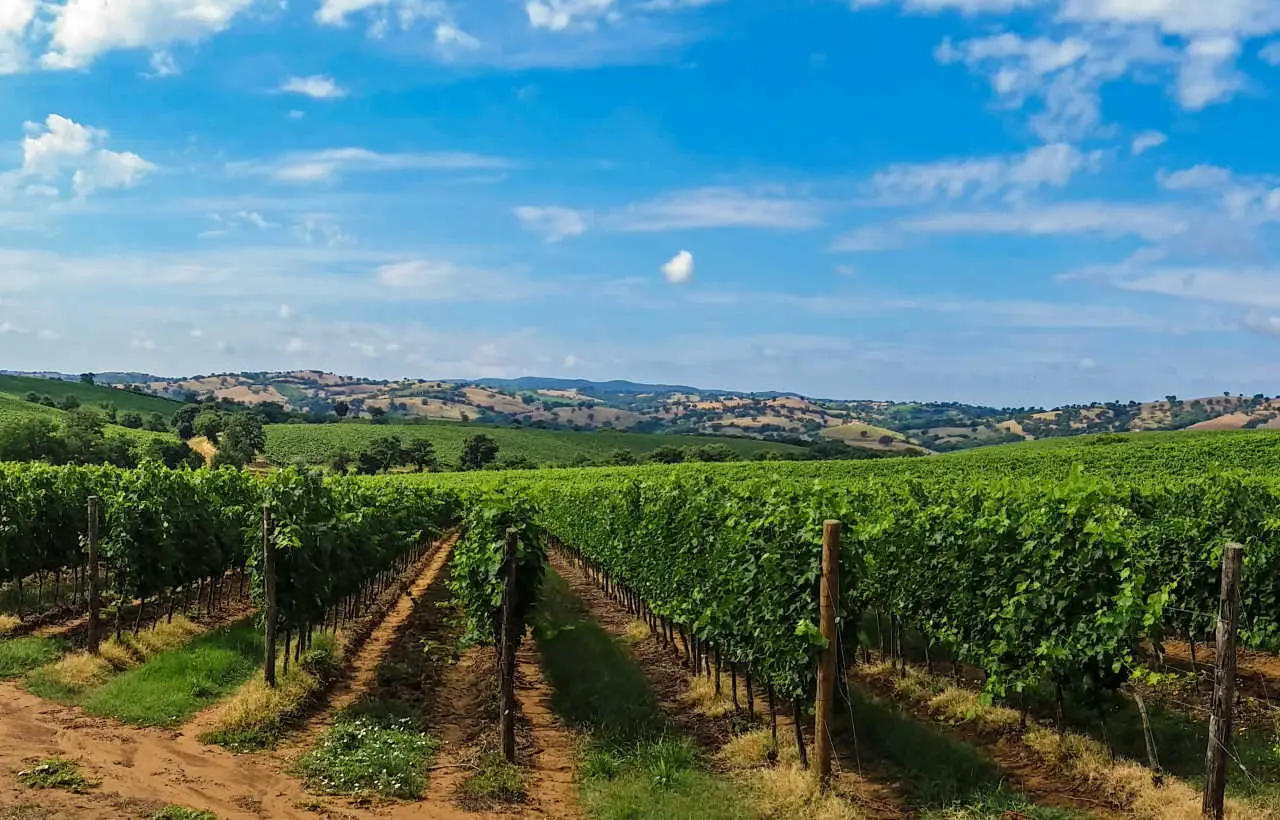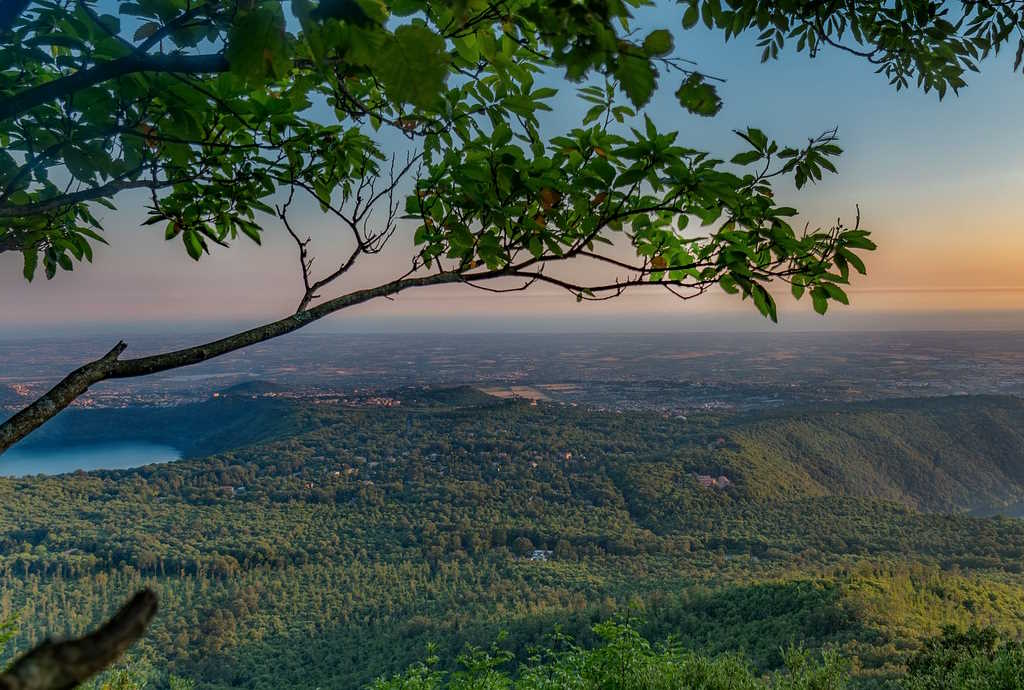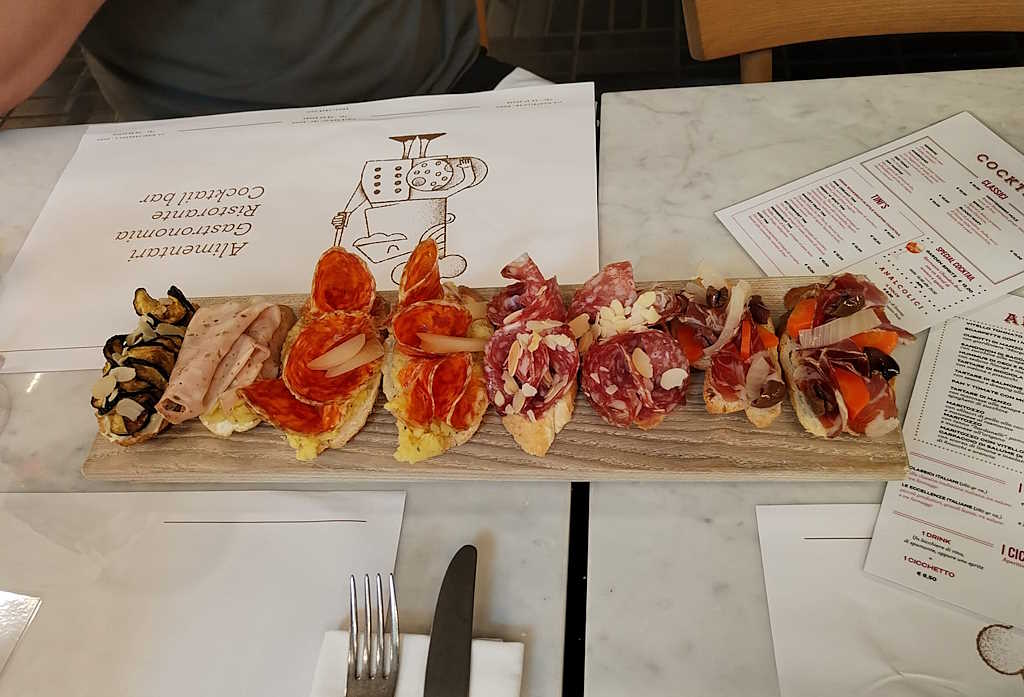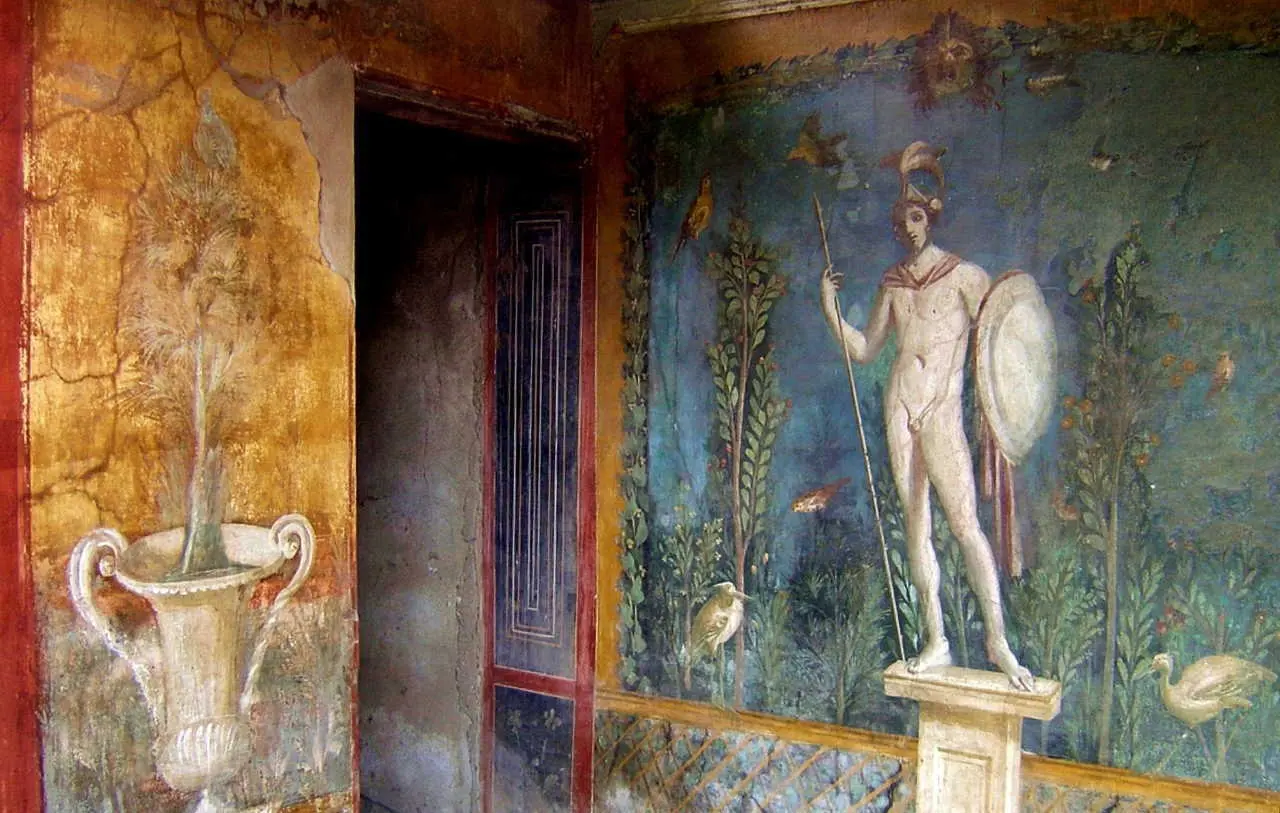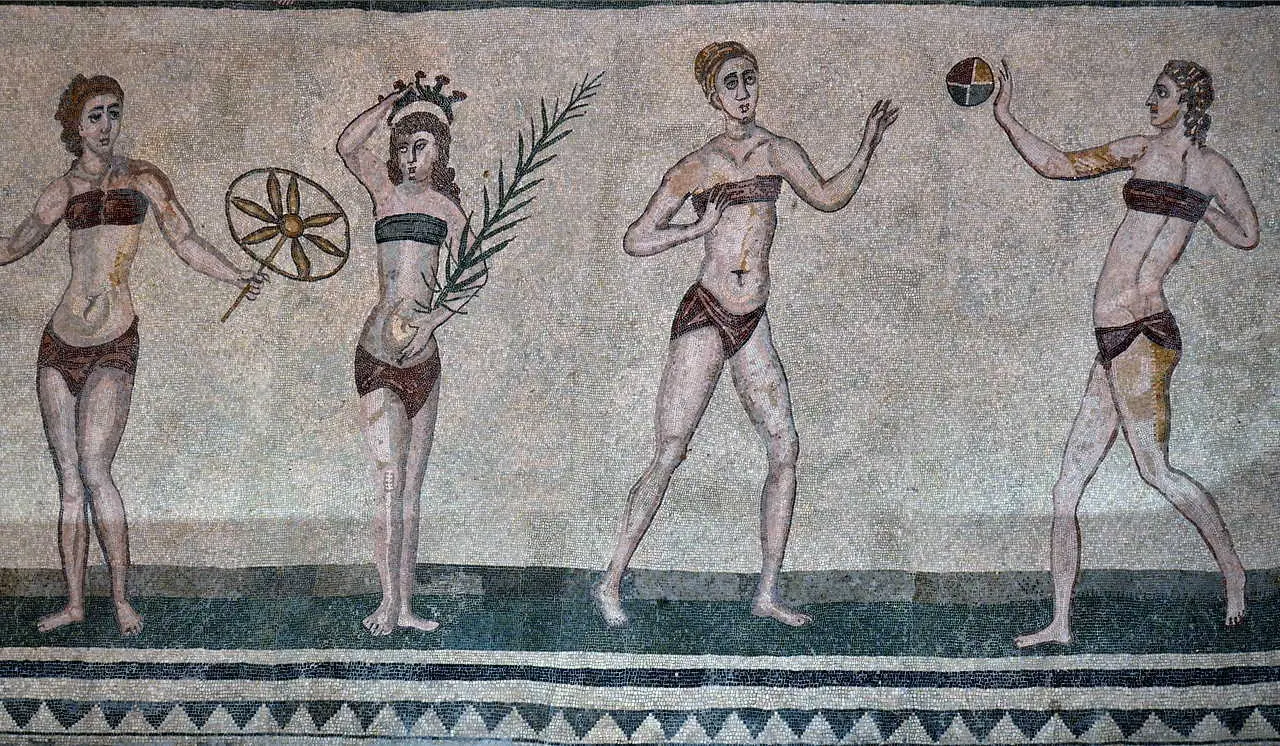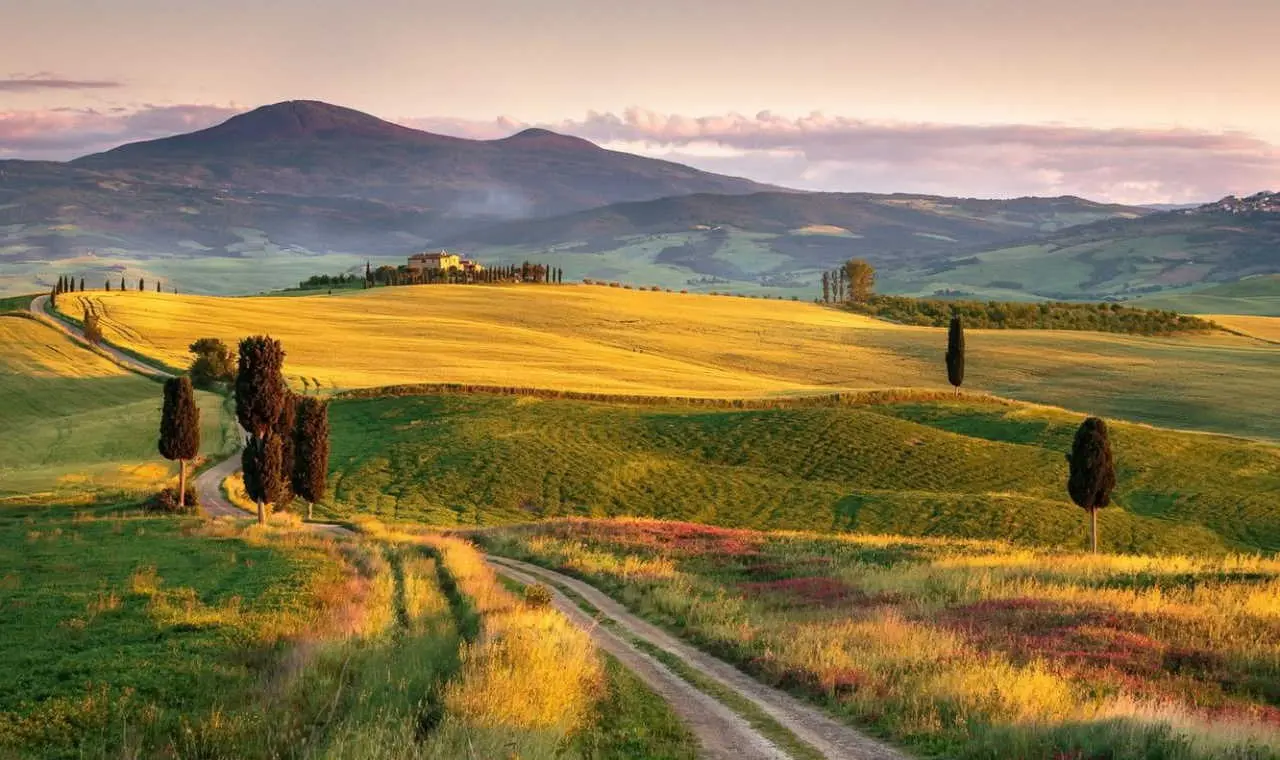Eating in Rome!
Eating like a God in Rome, Roman food’s survival guide!
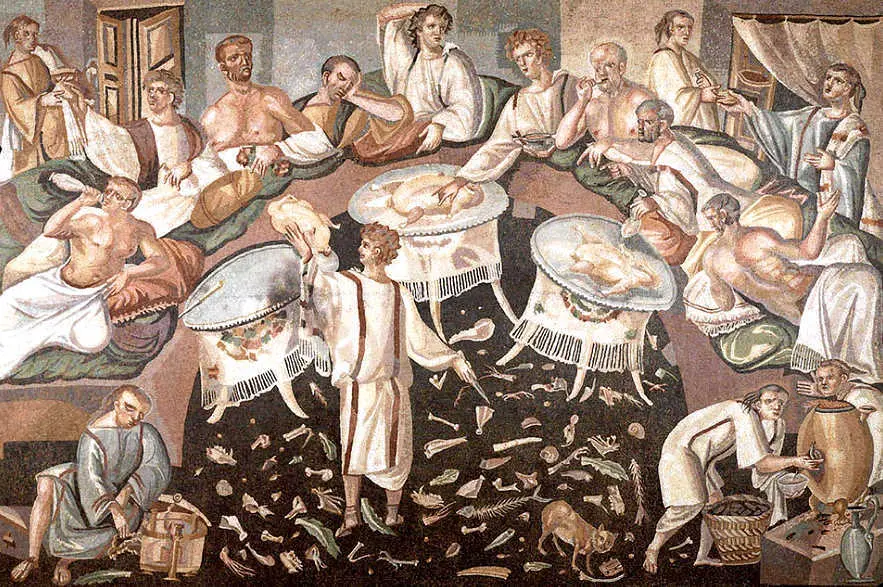
Eating in Rome
“Please, recommend us a good restaurant!”it’s the most common demand made by our guests visiting the Eternal city.
Actually, eating in Rome could prove to be a unique experience, or a catastrophe. How to properly orient oneself in the multitude of messages that attack us from websites, apps, guides, newspapers, posters, flyers…? How not to get caught up inside the famous “restaurants for tourists”? Impressive restaurant or trattoria names want to influence our choice with humor and sounds – and it often works – even before we taste something.
So, here’s “Vecchia Roma” (Ancient Rome), “Al Cardinale”, “Ar Cuppolone”, “Er Gricio” (the Greek), “Er cassamortaro” (the funeral home operator), “Li Sette Colli” (Seven Hills), “I due ladroni” (the two thieves crucified with Christ), “Nerone ar Colosseo”…
This concerns at least all that restaurant with a strong connection with the traditional Roman cuisine, known as “cucina romanesca”, where even the names of the recipes sometimes suffer from a certain truculent, popular, picturesque and irreverent taste: rigatoni alla burina (farmer’s pasta), the cazzimperio (imperial penis); pasta alla puttanesca (hooker’s pasta), the cazzetti d’Angelo (angel’s penis)… You know, going out to eat in Rome is a significant experience, it’s an authentic feast, a moment of socializing, whose charm is difficult to escape, where not only food is important, but also being good together with others, laughing, listening, amplifying the pleasure of food talking about food and business …
But nowadays, what is the “casereccia” (homemade) Roman cuisine? It’s made of typical dishes often prepared with humble products but with a strong flavor, which are of popular origin, giblets, pajata, sweetbreads, entrails, lambs, tripe, coratella, coda alla vaccinara, pecorino cheese, rigatoni, carbonara, Jewish artichokes (fries), puntarelle, tonnarelli pecorino cheese and pepper… in other words, “we eat big time!”.
Where to enjoy Roman cuisine – trendy places
The Roman culinary tradition boasts ancient origins and a sometimes mythical richness and variety: starting with the banquets of Trimalcione in the Satyricon by Petronio Arbitro, until the recipes of Apicius in its De re coquinaria, passing through the Jewish community present in Rome before the birth of Christ , or through the uses of the Italic peoples with their poor cuisine based on sheep farming, cultivation and fishing. Without forgetting the Etruscans, the medieval dining halls, the products coming from the New Continent, the Baroque, the Papacy, the innovations due to the various invasions…
Quartiere Monti (Monti neighborhood)
Let’s start our short guide with the first Rione of Rome, Monti, a neighborhood in continuous transformation that at the same time is able to keep intact a certain atmosphere that only Rome knows how to give. Quartiere Monti is full of trattorias, trendy bars, pizzerias, street foods, fresh pasta, lasagne – and countless kebab shops. Monti attracts thousands of people every day who flood into alleys, squares and venues for aperitifs, brunches, happy hours, or a dinner with friends. Most of them want to taste the real Roman cuisine: among the many offers we have selected for you the trattoria XXX.
Here you can experience the authentic popular cuisine without spending big bucks.
The Jewish Ghetto
The first Jewish ghetto in the world is the Venice ghetto. Forty years after its birth, on 12 July 1555, Pope Paul IV ordered the establishment of the Jewish ghetto in Rome, the “menagerie of the Jews”, next to the theater of Marcellus. Nowadays, in Rome, the Ghetto is also synonymous with Kosher cuisine, the traditional Jewish cuisine made of fish broth, cod, stuffed fish, Jewish artichokes (fries), traditional Jewish-Roman desserts… here too there’s a wide choice.
Testaccio
For a “great binge” in a perfect Roman style there is no doubt: the Testaccio neighborhood is the best option! It takes its name from Monte Testaccio, an artificial hill formed by the accumulation of earthenware vases, known as “testae”. But it is, above all, tied to the Roman culinary tradition due to the Mattatoio (a slaughterhouse) in operation until the ’50. In Testaccio there are countless local “magnerecci” (for eating) that offer Roman cuisine recipes: such as rigatoni with pajata sauce, the coda alla vaccinara, the bucatini alla gricia, the coratella with artichokes, the tripe alla romana, the Roman artichokes…
Let’s try to book a table at the xxx restaurant: you will leave full and satisfied, and with an extra point in your food and wine culture, the expense xxx
Of course, there are all kinds of places in Rome: specialized, refined, traditional, innovative, trendy, in museums, in luxurious terraces with star-rated chefs attentive to raw materials… and practically all ethnic groups are represented: French, Japanese, Filipino, North Koreans, Tex-Mex, Arabs, Argentines, Brazilians, Africans, Russians, Hawaiians…
And what about the “experiments” that try to rework ancient Roman recipes based on expert advice, often from archaeologists (!), for a “scientific” result: but one question arises, how is it possible to faithfully reproduce something like the “garum” (sauce based on rotten fish used in ancient Rome)?
Argiletumtour selects for you the best places, starting with the typical Roman restaurant, until the new trends, oriental and international cuisine or organic one, vegan cuisine, brunches with all Italian-style flavors!
Translation by Eleonora Mucci
Glossary
Trattoria: the trattorias are traditionally family owned, casual, restaurants found throughout all of Italy that serve fresh, conventional local food.
Cucina romanesca: Italian way to name the Roman cuisine
Cazzimperio: also named pinzimonio, a raw sauce made with olive oil, salt and pepper, in which raw vegetables such as celery, carrots, can be entered
Pajata: is the term for the intestines of an unweaned calf
Coratella: lamb entrails in strings, typical of the Easter period
Coda alla vaccinara: beef’s tail stewed with tomatoes and vegetables
Puntarelle: is a variant of chicory
Rione: typical neighborhood in Rome
Bucatini alla gricia: is a type of pasta that is shaped like a long, narrow tube and resembles thick seasoned with pecorino cheese and bacon
Tenetevi aggiornati!
FOOD AND WINE ITINERARIES
-
Day trip to Siena, San Gimignano, Pisa, from Florence
Florence 313,00€ – 711,00€Day trip to Siena, S. Gimignano and Pisa - from Florence, Siena or Pisa by Private car!
Tour Guide | Private Driver | 10 hours
Add to Cart This product has multiple variants. The options may be chosen on the product page -
Private Wine Tour with Cooking Class and Lunch
City Tours of Rome 422,00€ – 595,00€Wine Tour with a Cooking Class and Lunch at a Wine Resort in the Castelli Romani area, Private Tour.
Frascati - Rome | Wine Tasting | By de luxe car | 6 hours
Add to Cart This product has multiple variants. The options may be chosen on the product page -
Gastronomic Tour in Rome: Street Food, a culinary adventure
Food and Wine Experience 189,00€Street Food Tour in Rome: 3-Hour Culinary Tastings - Small Group max. 6 people
-
Private Tour Pompeii, Vesuvius and wine tasting
Day Trips from Rome 260,00€ – 575,00€Private Tour to Pompeii and Mount Vesuvius to discover one of the most typical regions of Southern Italy. Tour a local winery, with wine tastings and lunch
Special discount 8%
Vesuvio and Pompeii | Guided Tour | Private Driver | 1 day
Add to Cart This product has multiple variants. The options may be chosen on the product page -
Sicily Escorted Tour, Catania Catania 8 days
Food and Wine Experience 1.161,00€ – 1.219,00€Sicily Escorted tour and the archipelago of Aeolian Islands, surrounded by an uncontaminated sea, and a savage beauty
Sicily | Escorted Tour | 4 stars | By Gt Bus | 8 days
Add to Cart This product has multiple variants. The options may be chosen on the product page -
Full Day Wine Tour in Val D’Orcia – from Rome or Florence
Florence 265,00€ – 615,00€Full-day Wine Tour in Val D'Orcia. Visit Pienza and Montepulciano - from Rome or Florene by Private car!
Val D'Orcia | Tour Guide | Private Driver | 12 hours
Add to Cart This product has multiple variants. The options may be chosen on the product page
Create Your Own Italian Travel Experience
Contact us to customize a tour
We will get back to you shortly!
travel magazine

Events and Exhibitions 2025 in Italy
2025 in Italy promises to be a year full of events and exhibitions: from major cultural festivals to art exhibitions, from historical celebrations to meetings with the most innovative expressions of design and technology, the calendar is full of opportunities to explore the creativity and traditions of our country. Whether you are passionate about art, music, fashion, history or gastronomy, you will surely find something extraordinary to discover.

Liguria, where the sea embraces the mountains
A narrow strip of land nestled between the mountains and the sea, Liguria is a region that tells its story through contrasts. Every glimpse is a painting, every alley a tale, every flavor a narrative.
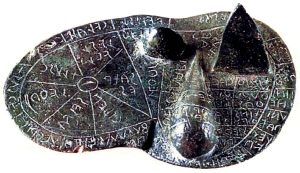
The Etruscans, an enigmatic people from central Italy
The Etruscans represent one of the most enigmatic and influential civilizations of antiquity, a people who inhabited central Italy (particularly the region corresponding to present-day Tuscany, along with parts of Lazio and Umbria, which the ancients called Etruria)

Major Artworks in Italy and Where to Find Them
The main works of art in Italy that every culture lover should see at least once in their life, with directions on where to find them: from Michelangelo to Caravaggio, from Leonardo da Vinci to Botticelli
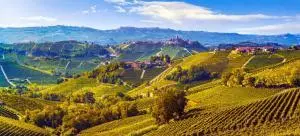
Popular Destinations in Italy – Discovering the Langhe
The region of Langhe inItaly, a UNESCO World Heritage Site, it is renowned for its patchwork of vineyards, forests, pastures, perched medieval villages, and castles. A microcosm of biodiversity, culture, and flavors where tradition and innovation blend in a unique way, symbolizing how nature and humans can collaborate harmoniously to create a distinctive environment.

Jubilee 2025 in Rome – A Guide for Contemporary Pilgrims
The Jubilee 2025 will not only be a time of deep spirituality but also an opportunity to boost tourism and the economy of Italy’s capital
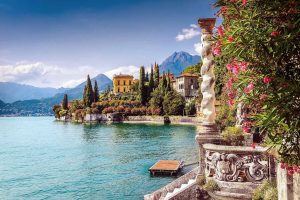
Popular destinations in Italy – Lake Como
Located in the heart of the Lombardy region in Italy, nestled between the Alps and the Po Valley, Lake Como has been described as the most beautiful lake in the world

Dolomiti, the mountains in Italy carved by the gods
A unique natural treasure in the world, where breathtaking landscapes, rich biodiversity, and cultural heritage come together in an extraordinary combination. These are the Dolomites. Every visit to these mountains is an opportunity to connect with majestic nature and discover a culture deeply rooted in the region.
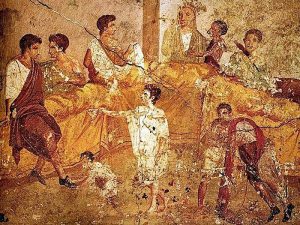
Trimalchio’s Banquet – Ancient Romans at the Table
Petronius, a writer who lived during the reign of Emperor Nero, left us with an unforgettable description of the banquet of the nouveau riche Trimalchio, a rude and exuberant guest. Even though the account is deliberately exaggerated, focusing on emphasizing the character’s vulgarity, it offers us one of the rare chances to get to know the Roman’s culinary taste.
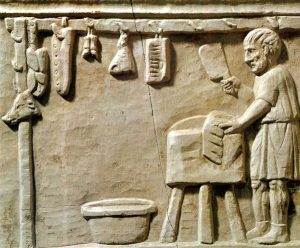
Ancient Romans at the table
Food and Culinary Habits in Ancient Rome. The daily life of ancient Rome is deeply reflected in the eating habits of its inhabitants, revealing a world of contrasts between sobriety and opulence.

Venice, Essential Guide for Travelers
Explore the magic of Venice with our complete traveller’s guide. Discover the most iconic places such as Piazza San Marco and the Rialto Bridge.
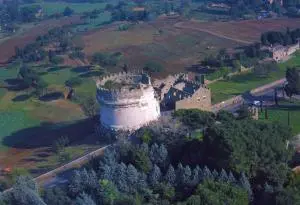
Ancient Appian Way, the highway of Ancient Rome
Known as the “Queen of Roads,” the ancient Appian Way in Rome is one of the most important engineering marvels of all time, a tangible testament to the greatness and mastery of Roman civilization.

Museums to visit in Italy
The museums in Italy offer visitors a rich array of themes, types, and locations, making them a unique experience. Some of the world’s most historically and culturally significant museums welcome visitors to immerse themselves in the depths of Italian history and art.

Umbria, land of history, art, nature, religion and flavours
Umbria is a reality suspended between the richness of its history, the depth of its culture, and the majesty of its nature. Located in the heart of Italy, between Tuscany, Marche, and Lazio, it is the only region on the peninsula without a coastline. Also known as the “green heart of Italy,” Umbria is a destination that provides a variety of experiences for visitors.

How I found a wife with Italian cuisine – Rome cooking class
Rome is a fantastic city to take a cooking class, with a rich culinary history and culture. With a little research, you can find the perfect cooking class for your needs

Luxury Vintage Shopping in Rome
The story of an experience lived in Rome, a four-hour shopping tour with an expert guide and a luxury car with driver to discover the best vintage luxury shops in the Capital
